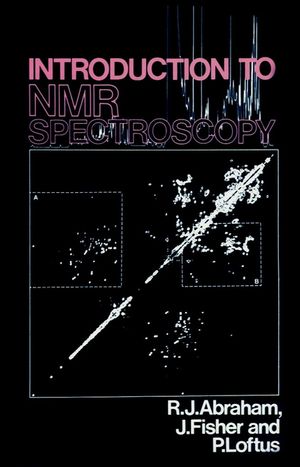Introduction to NMR SpectroscopyISBN: 978-0-471-91894-3
Paperback
286 pages
November 1992
 This is a Print-on-Demand title. It will be printed specifically to fill your order. Please allow an additional 10-15 days delivery time. The book is not returnable.
|
||||||
Introduction to NMR Spectroscopy R. J. Abraham, School of Chemistry, University of Liverpool J. Fisher, Biological NMR Centre, University of Leicester P. Loftus, Stuart Pharmaceuticals, Delaware, USA This book is a new, extended edition of Proton and Carbon 13 NMR by R. J. Abraham and P. Loftus. The initial chapters cover the fundamentals of NMR spectroscopy commencing with an explanation of how the nuclear magnetic response occurs, followed by a detailed discussion of chemical shifts and coupling constants, parameters not discussed to any length in other textbooks aimed at a similar level of interest. Emphasis is given to the vectorial description of multipulse experiments, as this is probably the easiest way to grasp how different information may be gained simply by changing a pulse sequence. An understanding of multipulse NMR is a prerequisite for understanding 2D NMR. The section on 2D NMR begins with a discussion of the resolved experiment. This is a logical initial choice as the spectra produced by this experiment may be readily compared with 1D spectra. Following on from this both heteronuclear and homonuclear correlation spectroscopy are described and examples given. The final section of the book should be considered as an applications section. It is aimed at showing the reader that NMR is not just of use to the synthetic organic chemist but is also of use to biochemists for investigating the solution state structure and function of proteins, enzymes, etc. The application of high resolution NMR to the solid state is also discussed, thereby indicating the developments which have taken place as far as spectrometer hardware is concerned.



